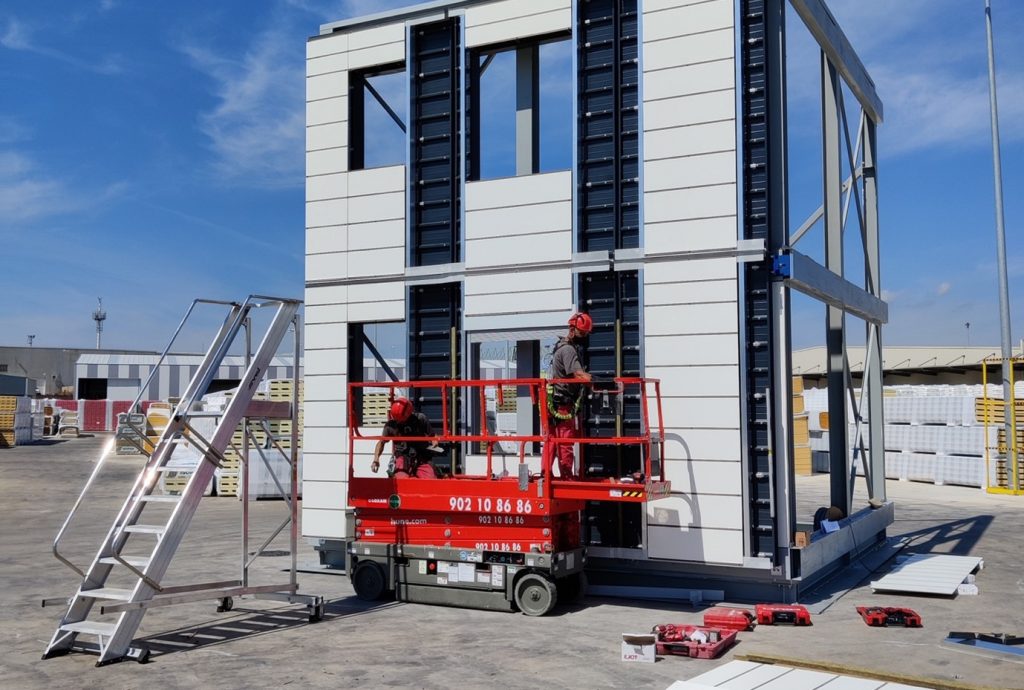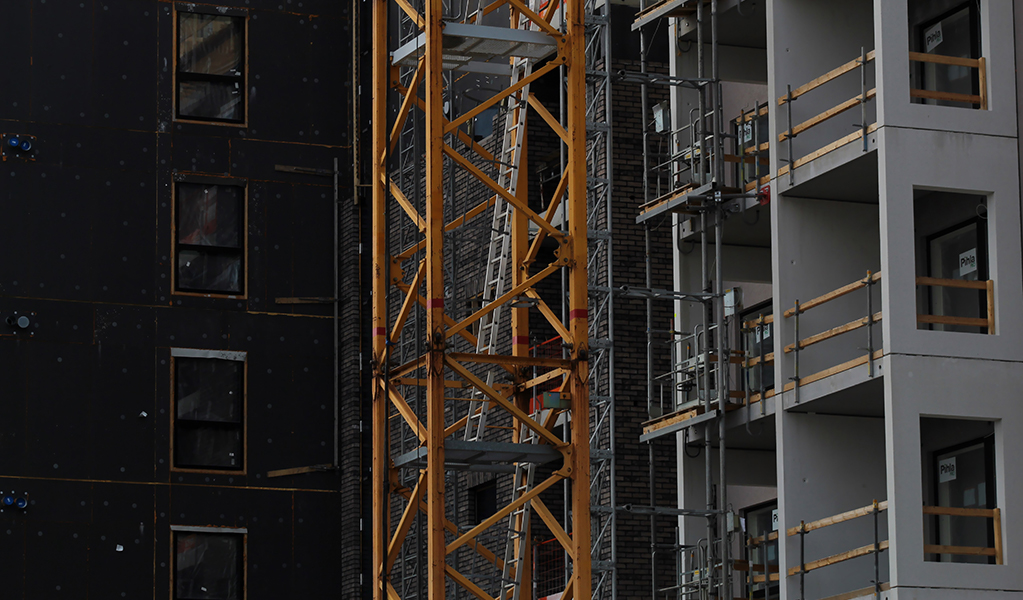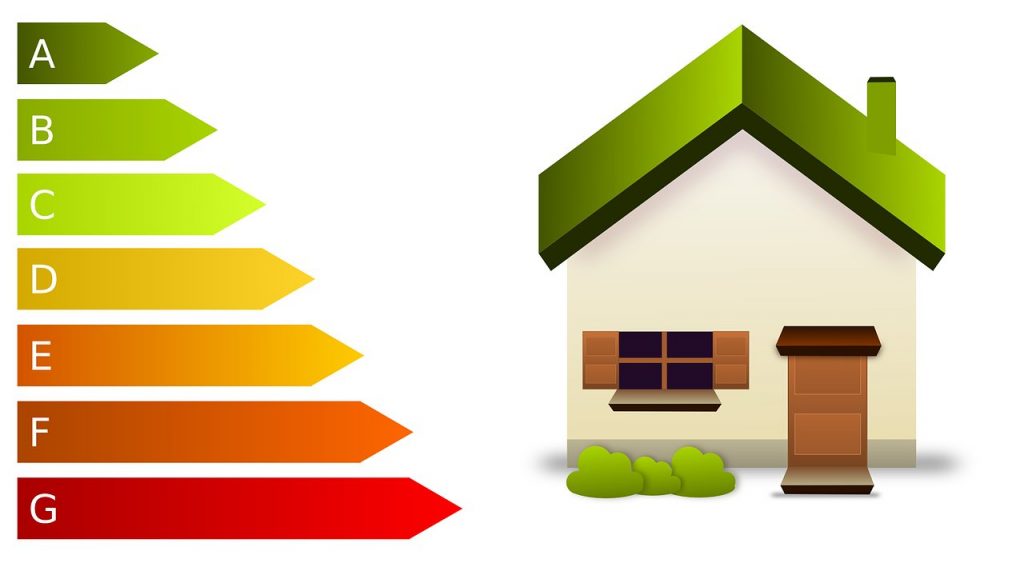Blog posts
Flexible cooling & heating solution deployed in two sites for greater energy efficiency
Flexible cooling & heating solution deployed in two sites for greater energy efficiency Read More »
Renewal of Zöld Liget Kindergarten’s Heating System
Renewal of Zöld Liget Kindergarten’s Heating System Read More »
Demonstrating StepUP Technology in Spain: overcoming challenges and embracing innovation
Demonstrating StepUP Technology in Spain: overcoming challenges and embracing innovation Read More »
How can HeatTank thermal battery be integrated into existing heating & cooling systems to maximize energy saving?
Thermal insulation properties of sandwich panels and improved thermal comfort
Thermal insulation properties of sandwich panels and improved thermal comfort Read More »
Building the future: the impact of new technologies on off-site construction
Building the future: the impact of new technologies on off-site construction Read More »
Why ESCOs should partner with StepUP
The renovation Zöld Liget Kindergarten, in the first phase of the StepUP project – step by step
District Level Energy Modelling of Budapest’s 18th Municipality
District Level Energy Modelling of Budapest’s 18th Municipality Read More »
Can smarter Energy Performance Contracting (EPC) enhance the case for the StepUP renovation methodology?
Development and Testing Plug & Play technologies
Development and Testing Plug & Play technologies Read More »
EU Pilot Sites show how Digital Twins can support building retrofits
EU Pilot Sites show how Digital Twins can support building retrofits Read More »
Open Innovation concept – The TPC lesson for StepUP
Open Innovation concept – The TPC lesson for StepUP Read More »
Lean Metholodology for building renovation projects
Lean Metholodology for building renovation projects Read More »
Reduce Time on site (and other benefits) of using a prefabricated façades
Reduce Time on site (and other benefits) of using a prefabricated façades Read More »
Why should you choose a ventilated façade for your building?
Why should you choose a ventilated façade for your building? Read More »
TPC definition and added value for companies
Using Digital Twins to Optimise Renovations and Drive Zero-Carbon
Using Digital Twins to Optimise Renovations and Drive Zero-Carbon Read More »
Beyond energy cost savings for a more attractive deep renovation of buildings’ stock
Beyond energy cost savings for a more attractive deep renovation of buildings’ stock Read More »

 This project has received funding from the European Union’s Horizon 2020 research and innovation programme under grant agreement no. 847053.
This project has received funding from the European Union’s Horizon 2020 research and innovation programme under grant agreement no. 847053.
This website reflects only the author’s views. The European Climate, Infrastructure and Environment Executive Agency is not responsible for any use that may be made of the information it contains.

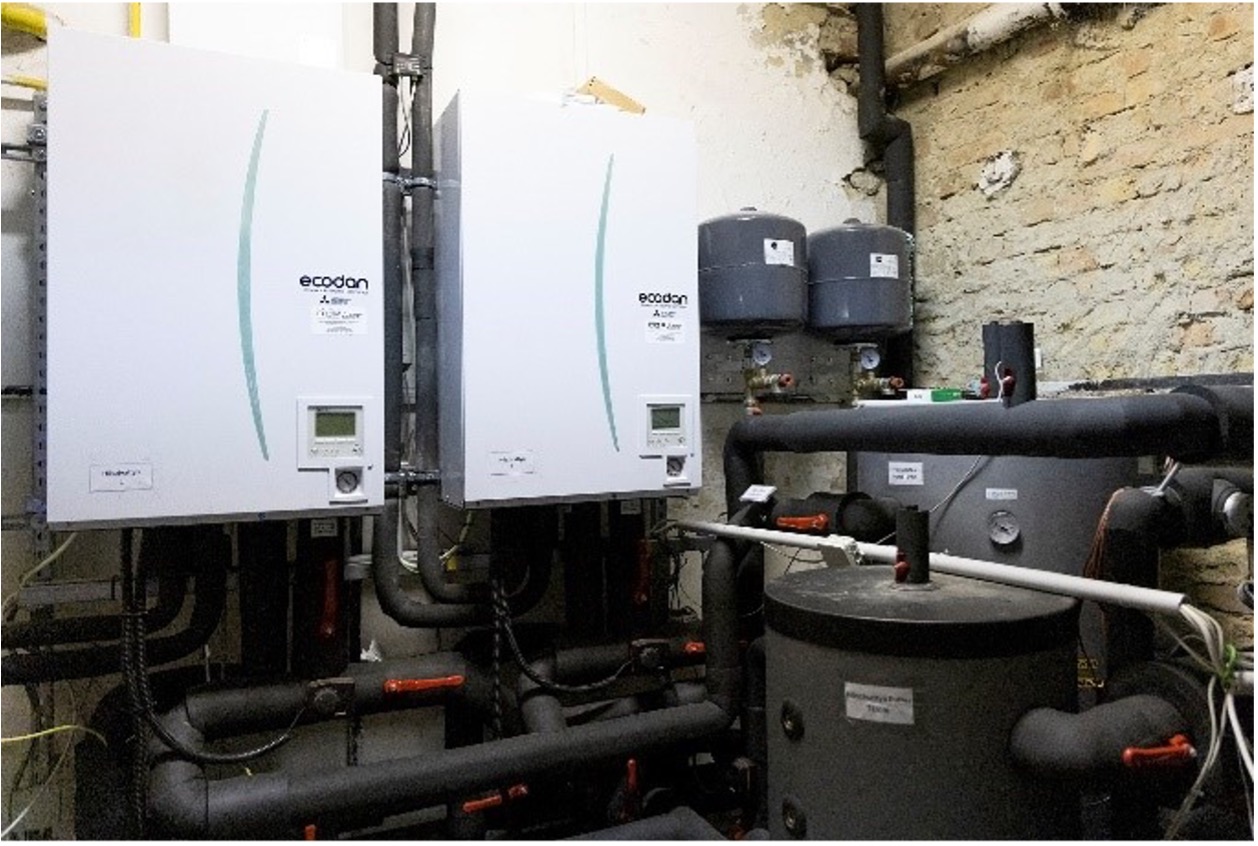
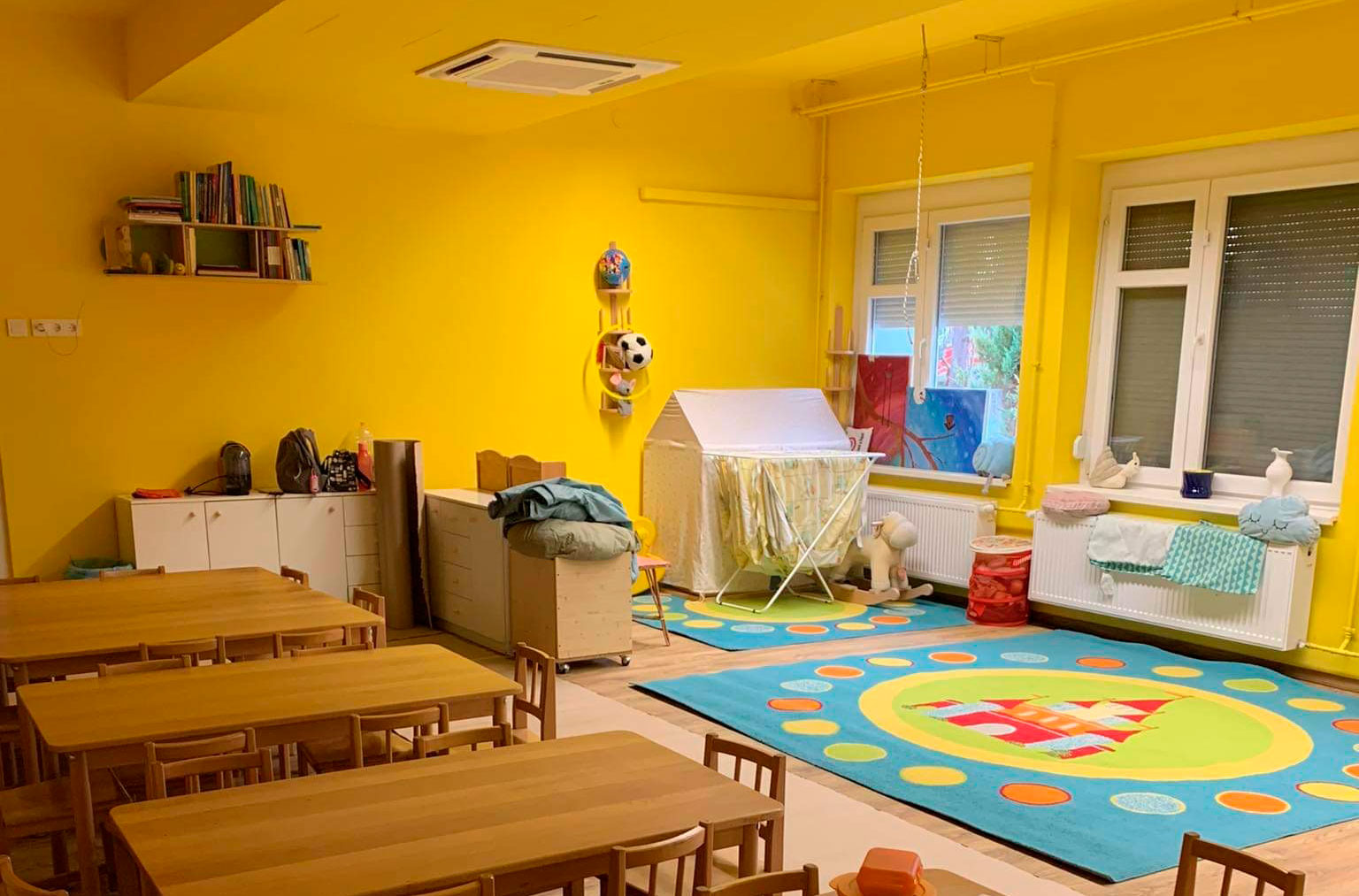
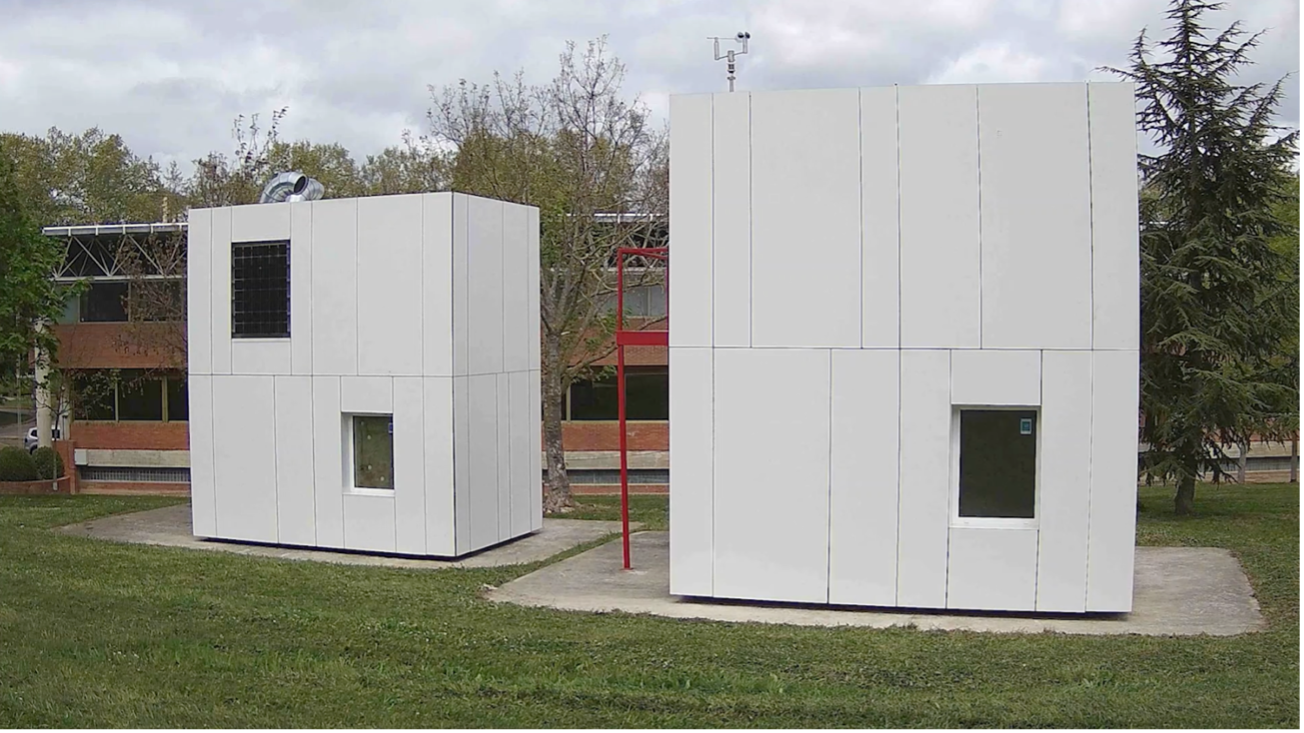
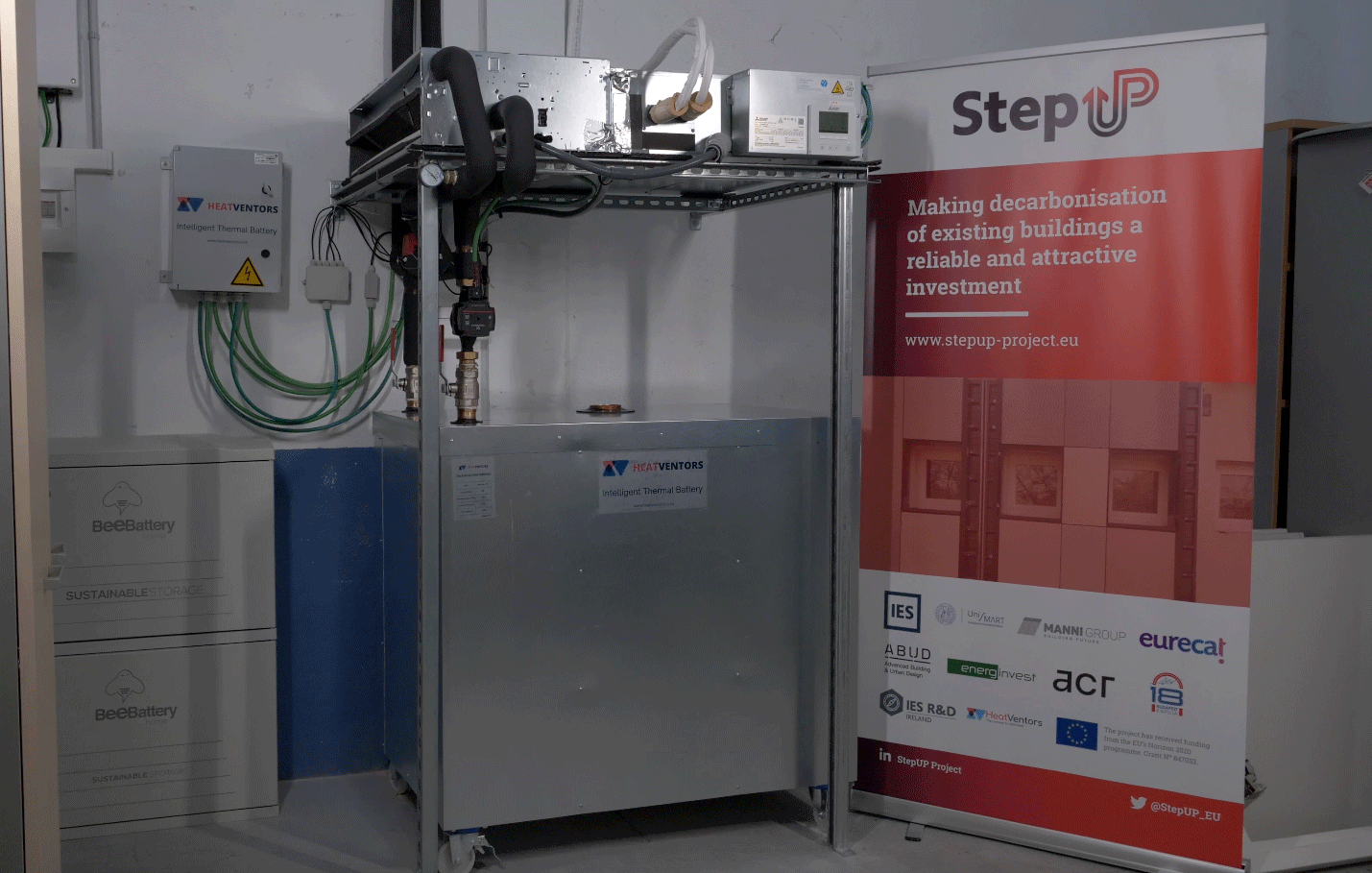

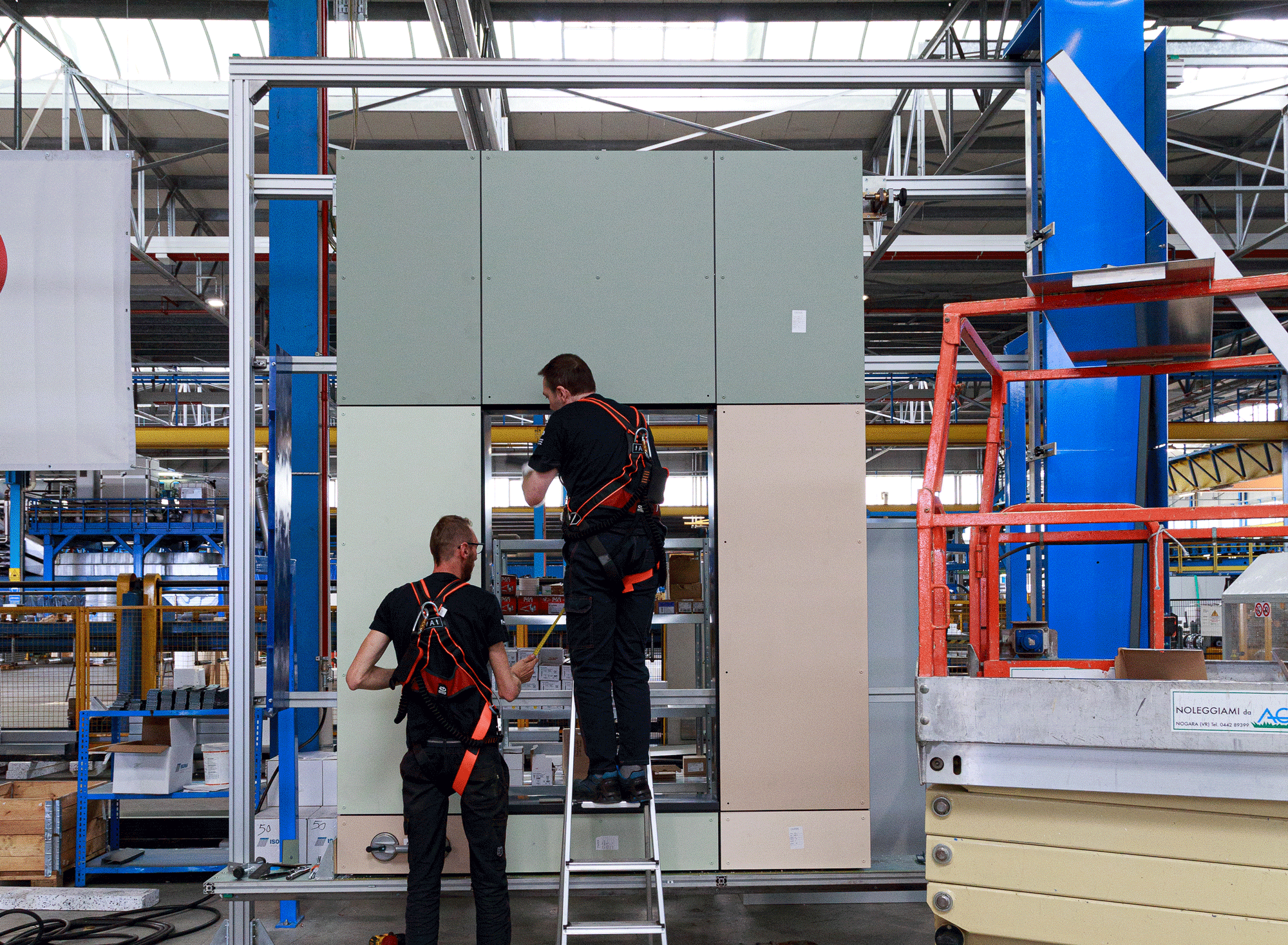
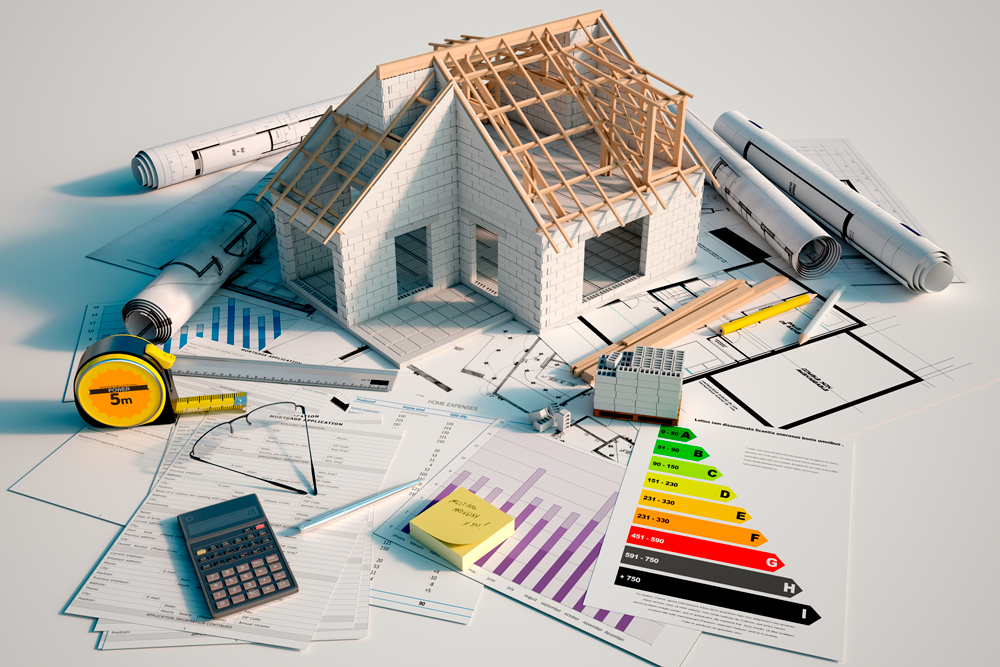
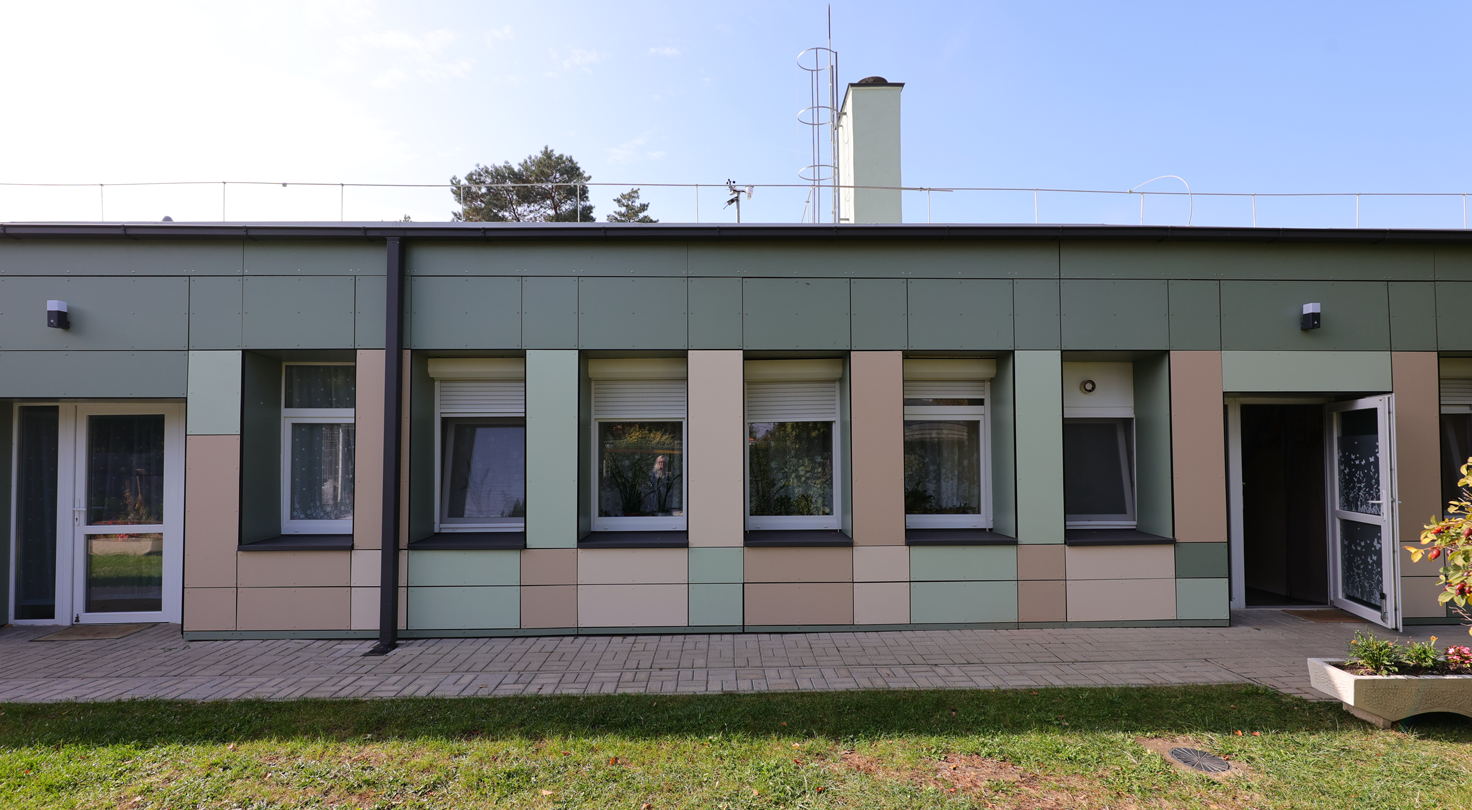
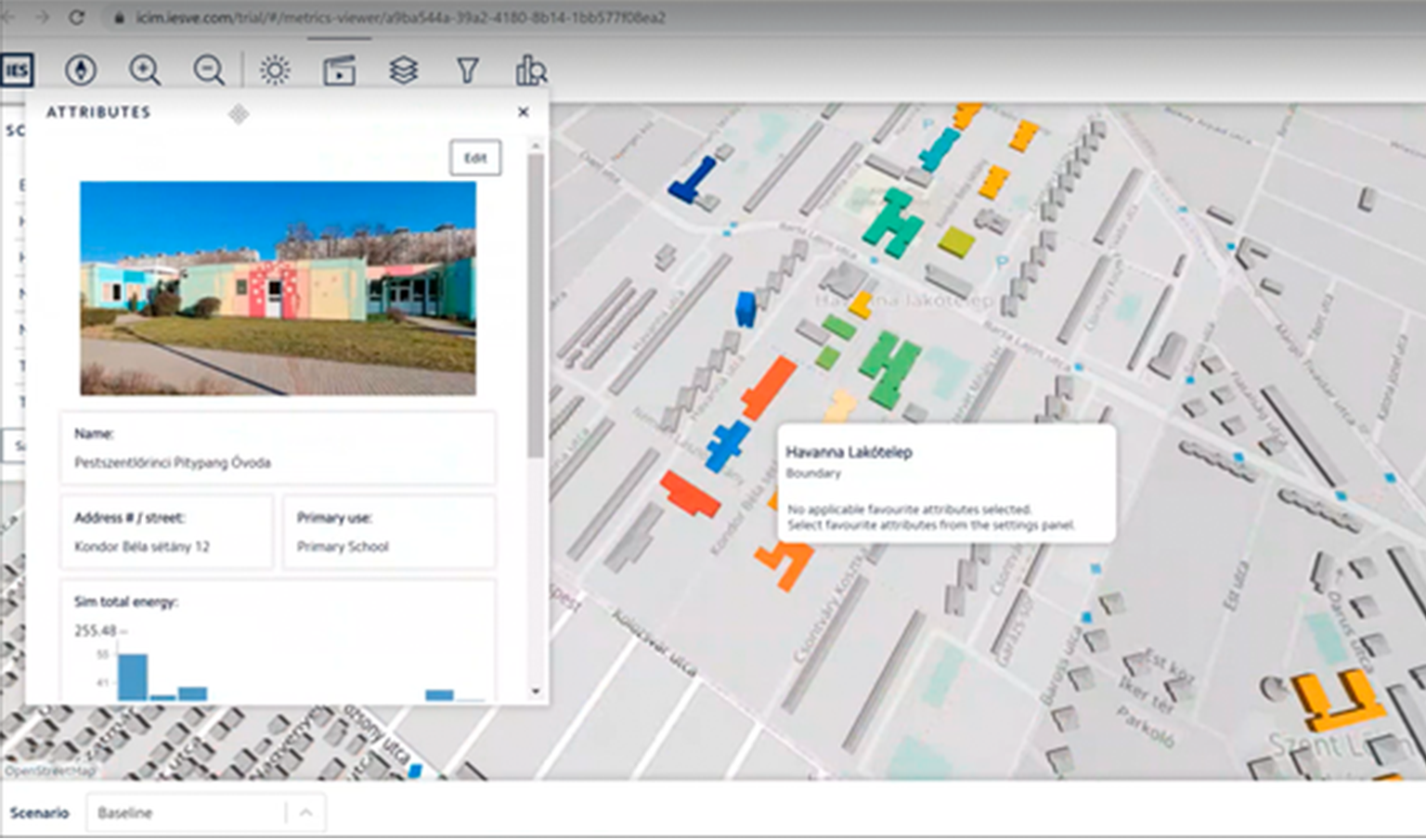


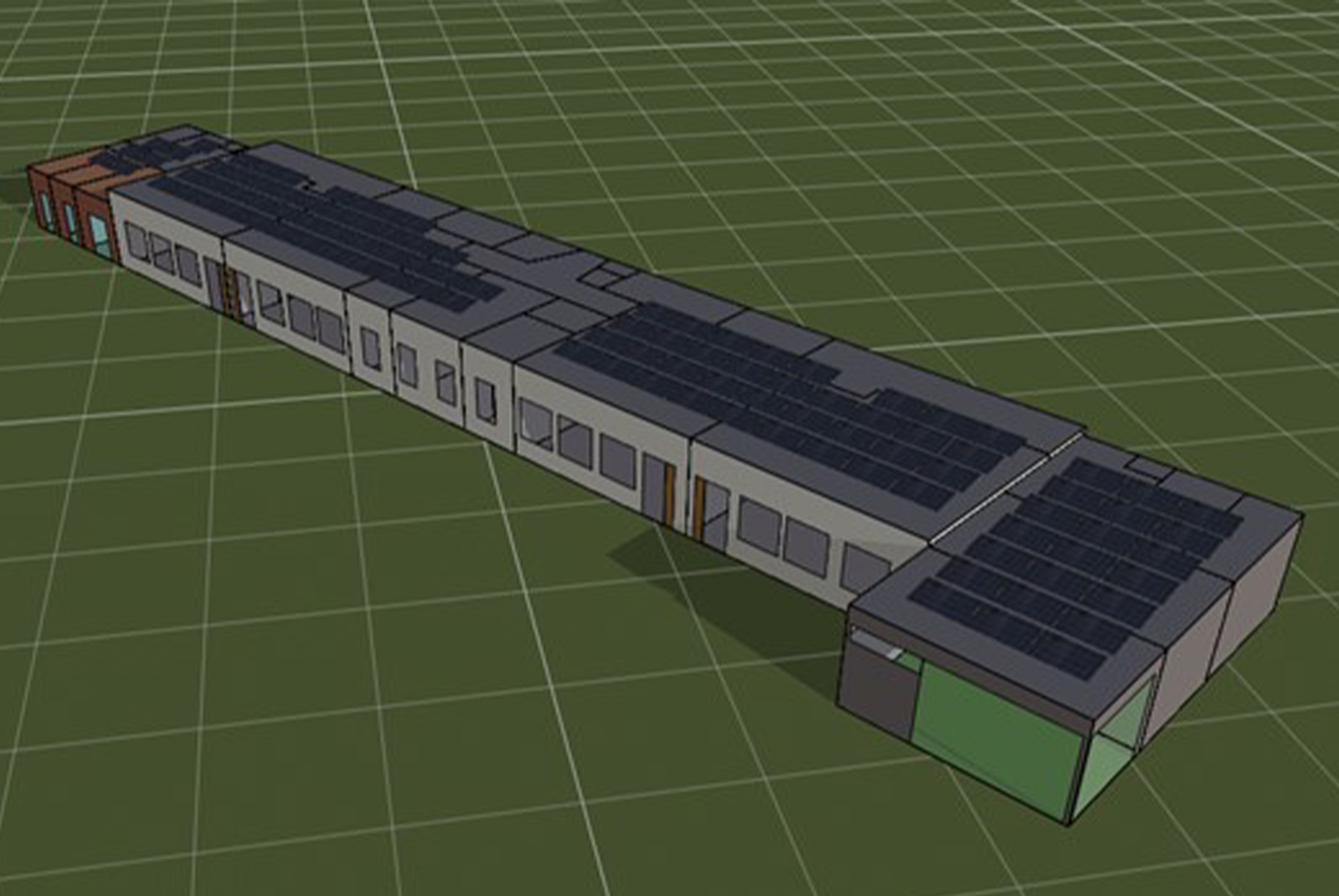

![Lean Methodology ND5_9019 1[1]](https://www.stepup-project.eu/wp-content/uploads/2021/09/ND5_9019-11-1024x683.jpg)
